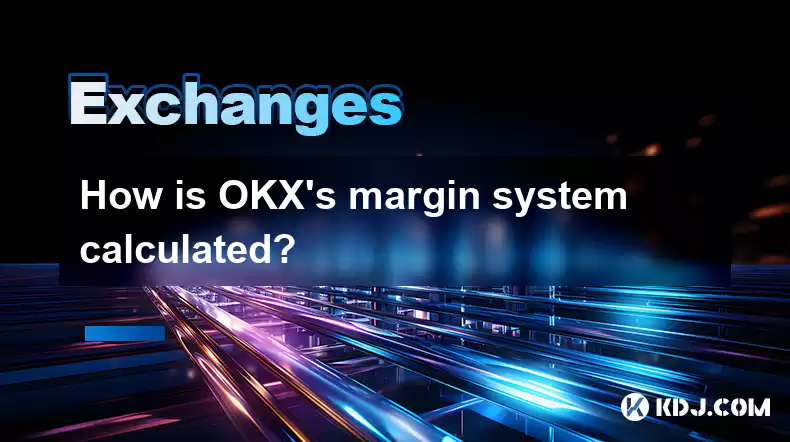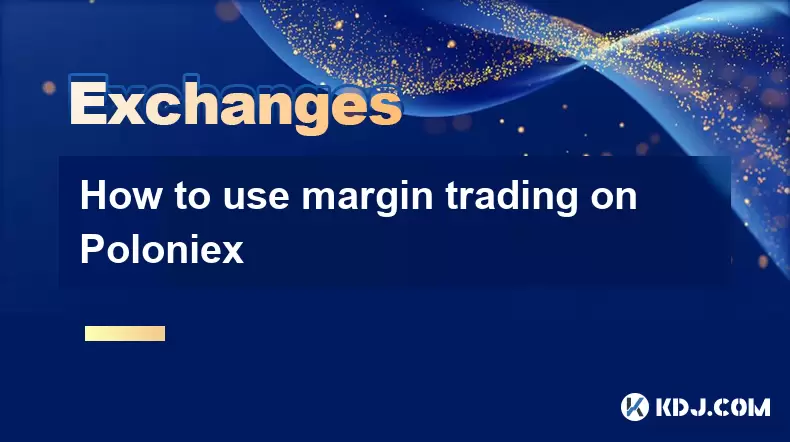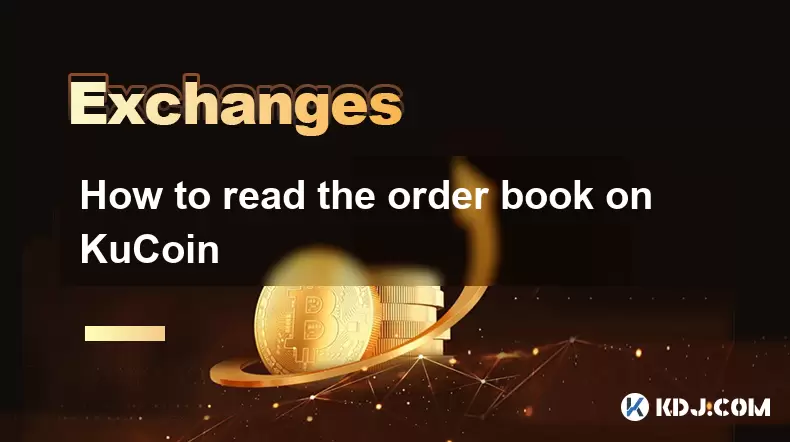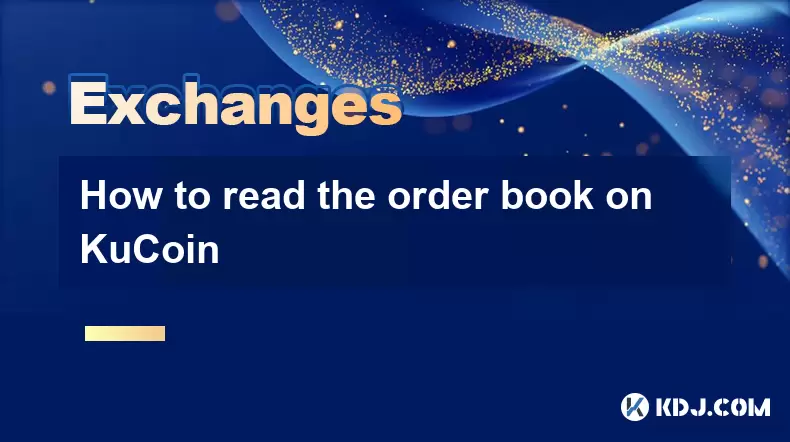-
 Bitcoin
Bitcoin $119000
-2.21% -
 Ethereum
Ethereum $4315
1.01% -
 XRP
XRP $3.151
-3.11% -
 Tether USDt
Tether USDt $0.0000
0.00% -
 BNB
BNB $808.5
-0.71% -
 Solana
Solana $175.8
-4.21% -
 USDC
USDC $0.9999
0.00% -
 Dogecoin
Dogecoin $0.2250
-3.92% -
 TRON
TRON $0.3469
1.77% -
 Cardano
Cardano $0.7818
-3.81% -
 Chainlink
Chainlink $21.47
-2.10% -
 Hyperliquid
Hyperliquid $43.30
-6.81% -
 Stellar
Stellar $0.4370
-2.84% -
 Sui
Sui $3.682
-4.40% -
 Bitcoin Cash
Bitcoin Cash $590.8
2.67% -
 Hedera
Hedera $0.2484
-5.20% -
 Ethena USDe
Ethena USDe $1.001
0.00% -
 Avalanche
Avalanche $23.10
-4.29% -
 Litecoin
Litecoin $119.2
-3.96% -
 Toncoin
Toncoin $3.409
0.90% -
 UNUS SED LEO
UNUS SED LEO $9.016
-1.29% -
 Shiba Inu
Shiba Inu $0.00001304
-3.82% -
 Uniswap
Uniswap $11.18
1.33% -
 Polkadot
Polkadot $3.913
-3.51% -
 Cronos
Cronos $0.1672
-3.08% -
 Dai
Dai $1.000
0.02% -
 Ethena
Ethena $0.7899
-4.70% -
 Bitget Token
Bitget Token $4.400
-1.23% -
 Pepe
Pepe $0.00001132
-5.93% -
 Monero
Monero $257.9
-6.44%
How is OKX's margin system calculated?
OKX's margin system uses leverage to amplify profits/losses, calculated based on leverage, position size, entry/exit prices, and margin mode (isolated or cross). Maintenance margin prevents liquidation by ensuring sufficient funds to cover potential losses.
Mar 17, 2025 at 08:31 pm

Key Points:
- OKX's margin system uses a leverage multiplier to amplify potential profits and losses.
- The calculation depends on the chosen leverage, the entry price, the position size, and the price movement.
- Maintenance margin requirements prevent liquidation by ensuring sufficient funds to cover potential losses.
- Profit and loss are calculated based on the difference between the entry and exit prices, considering the leverage used.
- Different margin modes (Cross and Isolated) significantly impact risk exposure and calculation methods.
How is OKX's Margin System Calculated?
OKX offers a sophisticated margin trading system allowing users to leverage their positions significantly. Understanding how the margin system calculates profits, losses, and liquidation points is crucial for successful and risk-managed trading. The core of the calculation lies in the interaction between leverage, position size, entry price, and price fluctuations.
Leverage and Position Size:
The leverage you select directly impacts your margin calculation. A higher leverage magnifies both potential profits and losses. For example, 10x leverage means you only need 10% of the total trade value as margin. Your position size, the amount of the asset you're trading, determines the total amount of margin required. Larger positions require more margin, even at lower leverage.
Entry Price and Price Movement:
The price at which you open your position (entry price) serves as the baseline for calculating profits or losses. The subsequent price movements dictate the extent of these gains or losses. If the price moves favorably, your profit is amplified by the leverage. Conversely, an unfavorable price movement results in amplified losses.
Margin Calculation Formula (Simplified):
While the exact formula is complex and varies depending on the specific asset and trading pair, a simplified representation can be helpful.
- Margin Required = (Position Size / Leverage)
This formula gives a basic understanding of the initial margin needed to open a position. However, it doesn't account for fees or other complexities.
Maintenance Margin and Liquidation:
OKX sets a maintenance margin requirement, a minimum amount of equity you must maintain in your account to avoid liquidation. This requirement is usually expressed as a percentage of your position value. If your account equity falls below this maintenance margin, OKX may initiate liquidation, automatically closing your position to prevent further losses. The liquidation price is determined by a complex formula that takes into account the position size, leverage, and the current market price.
Profit and Loss Calculation:
Profit or loss is calculated by considering the difference between your entry and exit prices, multiplied by your position size and leverage.
- Profit/Loss = (Exit Price - Entry Price) Position Size Leverage
Remember, a negative value represents a loss. This calculation doesn't include fees or interest charges, which are added separately.
Isolated vs. Cross Margin:
OKX offers two primary margin modes: Isolated and Cross.
- Isolated Margin: In this mode, the margin is locked for a specific position. If the position incurs losses, only the margin allocated to that position is at risk. This limits risk but reduces the potential for larger profits.
- Cross Margin: This mode uses your entire account balance as margin for all open positions. It allows for higher leverage and potentially larger profits, but it also exposes your entire account balance to risk if one position incurs significant losses.
Understanding the Risk:
Margin trading significantly amplifies both profits and losses. It's crucial to understand the risks involved before engaging in margin trading. Always use risk management techniques, such as setting stop-loss orders and carefully selecting your leverage level, to protect your capital. The complexity of the OKX margin system necessitates a thorough understanding before participating. Inexperienced traders should practice with smaller amounts and consider seeking professional financial advice.
Common Questions:
Q: What happens if my margin balance falls below the maintenance margin?
A: If your margin balance drops below the maintenance margin, OKX may issue a margin call. If you don't add more funds to bring your margin balance back above the maintenance margin, your position(s) will be liquidated to minimize potential losses.
Q: How is the liquidation price determined?
A: The liquidation price isn't a fixed number but is dynamically calculated based on several factors, including your position size, leverage, the current market price, and the maintenance margin requirement. It's designed to ensure that the remaining funds after liquidation cover the outstanding debt.
Q: What are the fees associated with margin trading on OKX?
A: OKX charges fees for margin trading, including funding fees (interest on borrowed funds) and trading fees. These fees vary depending on the asset and the trading pair. It is crucial to check OKX's fee schedule for the specific details.
Q: Can I use different margin modes for different positions?
A: Yes, you can choose between isolated and cross margin for each individual position you open on OKX. This allows you to customize your risk management strategy for different trades.
Q: Where can I find more detailed information on OKX's margin trading system?
A: OKX provides comprehensive documentation and tutorials on its website detailing the specifics of its margin trading system, including detailed explanations of margin calculations, risk management tools, and fee schedules. It's recommended to thoroughly review these resources before engaging in margin trading.
Disclaimer:info@kdj.com
The information provided is not trading advice. kdj.com does not assume any responsibility for any investments made based on the information provided in this article. Cryptocurrencies are highly volatile and it is highly recommended that you invest with caution after thorough research!
If you believe that the content used on this website infringes your copyright, please contact us immediately (info@kdj.com) and we will delete it promptly.
- Bitcoin, CPI, and Market Fears: Navigating the Crypto Landscape
- 2025-08-12 15:10:13
- BTC Traders Eye ETH Targets as CPI Looms: A New York Minute
- 2025-08-12 15:10:13
- Ethereum, Cold Wallets, and Presales: What's Hot Now?
- 2025-08-12 15:30:12
- Bitcoin, XRP, and Monetary Alternatives: Navigating the Crypto Landscape in 2025
- 2025-08-12 15:30:12
- XRP Breakout Watch: Institutional Volume Signals Potential Surge
- 2025-08-12 15:35:19
- XRP, Market Cap, and Institutional Adoption: A New Era for Crypto?
- 2025-08-12 15:35:19
Related knowledge

How to use margin trading on Poloniex
Aug 08,2025 at 09:50am
Understanding Margin Trading on Poloniex

How to read the order book on KuCoin
Aug 10,2025 at 03:21pm
Understanding the Order Book Interface on KuCoinWhen accessing the order book on KuCoin, users are presented with a real-time display of buy and sell ...

How to read the order book on KuCoin
Aug 12,2025 at 02:28am
Understanding the Basics of Staking in CryptocurrencyStaking is a fundamental concept in the world of blockchain and cryptocurrencies, particularly wi...

How to set price alerts on Kraken
Aug 11,2025 at 08:49pm
Understanding Price Alerts on KrakenPrice alerts on Kraken are tools that allow traders to monitor specific cryptocurrency pairs for price movements. ...

How to earn cashback rewards on Crypto.com
Aug 12,2025 at 02:08am
Understanding Cashback Rewards on Crypto.comCashback rewards on Crypto.com are a feature designed to incentivize users to spend using their Crypto.com...

How to use advanced trading on Gemini
Aug 08,2025 at 04:07am
Understanding Advanced Trading on GeminiAdvanced trading on Gemini refers to a suite of tools and order types designed for experienced traders who wan...

How to use margin trading on Poloniex
Aug 08,2025 at 09:50am
Understanding Margin Trading on Poloniex

How to read the order book on KuCoin
Aug 10,2025 at 03:21pm
Understanding the Order Book Interface on KuCoinWhen accessing the order book on KuCoin, users are presented with a real-time display of buy and sell ...

How to read the order book on KuCoin
Aug 12,2025 at 02:28am
Understanding the Basics of Staking in CryptocurrencyStaking is a fundamental concept in the world of blockchain and cryptocurrencies, particularly wi...

How to set price alerts on Kraken
Aug 11,2025 at 08:49pm
Understanding Price Alerts on KrakenPrice alerts on Kraken are tools that allow traders to monitor specific cryptocurrency pairs for price movements. ...

How to earn cashback rewards on Crypto.com
Aug 12,2025 at 02:08am
Understanding Cashback Rewards on Crypto.comCashback rewards on Crypto.com are a feature designed to incentivize users to spend using their Crypto.com...

How to use advanced trading on Gemini
Aug 08,2025 at 04:07am
Understanding Advanced Trading on GeminiAdvanced trading on Gemini refers to a suite of tools and order types designed for experienced traders who wan...
See all articles

























































































